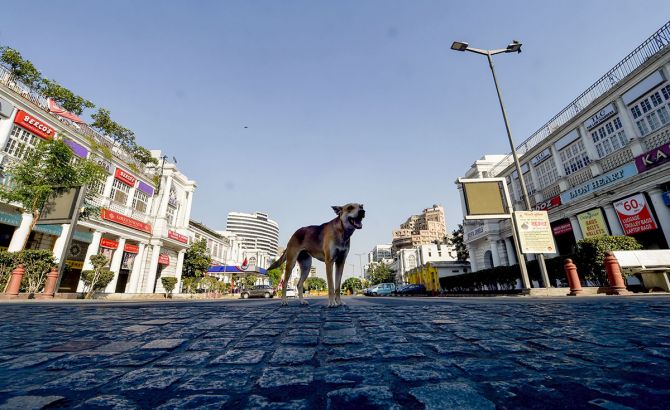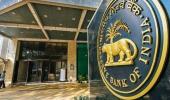A month-long national lockdown to arrest the spread of COVID 2.0 could shave off 100-200 bps of GDP, leading to a 300 bps risk to annual growth, a brokerage report has flagged while expressing doubts over the ability of local lockdowns to control the pandemic.

The second wave of the coronavirus inflection has caught the government off-guard with the daily cases jumping over 6.5 times in the past 30 days.
With close to 3.53 lakh fresh daily infections, the country is the worst hit globally.
Death toll jumped to 195,123 as of 8 am Monday, with a daily new peak of 2,812 deaths in the past 24 hrs, according to the government data.
"It remains to be seen if the second wave subsides without a national level lockdown.
"A month of nationwide lockdown costs 100-200 bps of GDP.
"This poses a 300 bps risk to our 9 per cent real GVA growth forecast for FY22," Bank of America Securities India economists Indranil Sen Gupta and Aastha Gudwani said in an note Monday evening.
Given this high economic cost, they expect the Centre and the states to try to contain the spread with further tightening of night curfews and localised lockdowns.
They also expect the Reserve Bank to come to aid by funding government's welfare measures like resumption of free food grains to the needy in May-June, for which it needs an additional Rs 26,000 crore or 0.1 per cent of GDP, through OMOs/G-Saps and other liquidity infusing measures to arrest the rise in yields.
They expect the RBI to remain on hold in FY22 and hike rates by 100 bps in FY23.
"To slow rise in yields, we expect the RBI to conduct $68.7 billion of OMOs/G-Saps and hike and extend banks' HTM limits by 2 per cent of their books to FY26, and continue forward forex intervention," the brokerage said.
On the vaccination front, they said while 8.7 per cent of the total population has received the first dose, only 1.6 per cent have got both doses.











 © 2025
© 2025